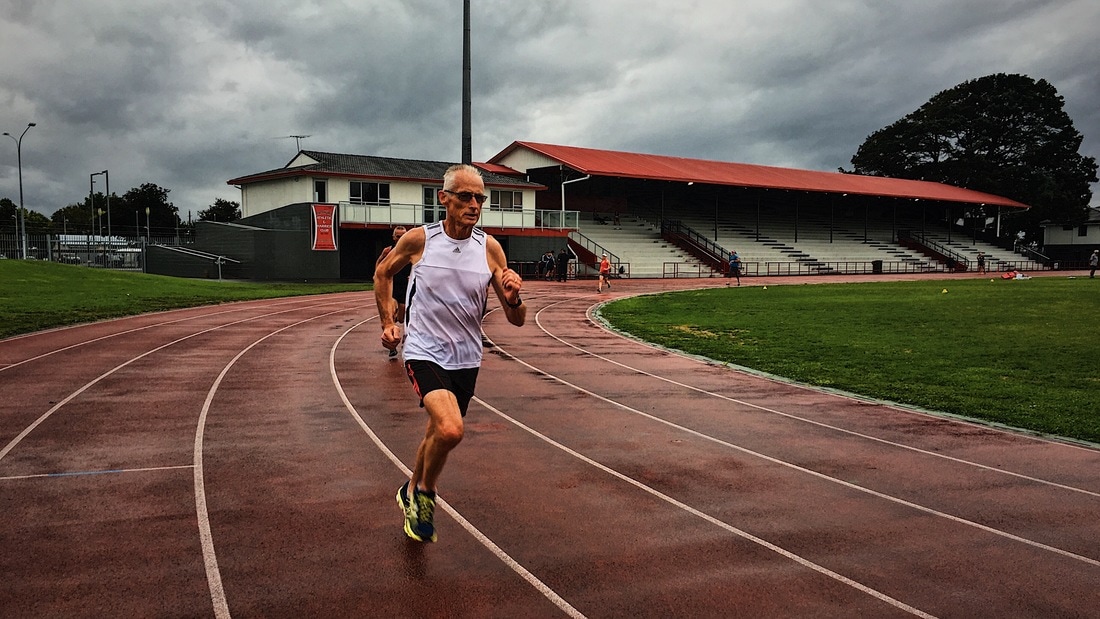Recently I wrote about the importance of understanding why your training programme is structured the way it is (or if we go back a step, why you should have a training programme in the first place). Ultimately it is about having certainty in the training that you do; it’s a kind of physical and mental confidence that will carry you to greater athletic success.
In that particular article, we discussed aerobic training; what it is and why it matters. Aerobic training is truly the foundation of any successful endurance performance – I believe that it should comprise 80% or more of your training programme. So what makes up the remaining 20%? What puts the icing on the cake?
In that particular article, we discussed aerobic training; what it is and why it matters. Aerobic training is truly the foundation of any successful endurance performance – I believe that it should comprise 80% or more of your training programme. So what makes up the remaining 20%? What puts the icing on the cake?
Anaerobic training is the high-intensity work that turns an aerobically fit athlete into a fast athlete. The term “anaerobic” simply means “without oxygen”. Therefore, it is working at an intensity higher than oxygen consumption can provide energy for, and so the body relies upon energy sources that don’t burn oxygen – lactic acid being the primary source. Anaerobic exercise is any effort that can’t be sustained for more than a couple of minutes. It’s your hill repeats, intervals, sprints, weights lifted or resistance exercises.
This form of training is essential for three main reasons.
What’s more, anaerobic training provides us with variety! It can be the spice that breaks up the monotony of a long week of slow miles. Mixing up the format of your anaerobic sessions throughout the season is a wise idea for that very reason. Variety in exercise modalities (i.e. lifting weights one week, then hill sprints the next week) not only provides the three main benefits listed above, it forces the body to adapt to new and changeable situations which is crucial for ongoing improvement! So long as your form and function are watched closely for the sake of safety, these sessions are powerful injections to an aerobic training base and can provide injury prevention to boot.
As your training programme approaches your chosen race, these anaerobic sessions should focus more and more on activities specific to that event. For example, if you’re running a marathon then your final month of training should include anaerobic sessions that are strictly running.
We’re confident that the ongoing success of James Kuegler Coaching athletes is the result of a fine balance between long, aerobic miles and a few varied and thoughtfully placed high-intensity sessions. If you’d like a piece of the success and enjoyment, get in touch or check out the coaching options.
This form of training is essential for three main reasons.
- It increases your pace at any given intensity. That is, it improves your top end speed as well as the pace you’d like to hold for your upcoming race.
- It increases your capacity to hurt. You learn to suffer harder and longer, and to push your physiological limits.
- Latest evidence tells us that it also builds aerobic endurance in a similar fashion to long, slow aerobic training. Yes, anaerobic training can increase your VO2 max.
What’s more, anaerobic training provides us with variety! It can be the spice that breaks up the monotony of a long week of slow miles. Mixing up the format of your anaerobic sessions throughout the season is a wise idea for that very reason. Variety in exercise modalities (i.e. lifting weights one week, then hill sprints the next week) not only provides the three main benefits listed above, it forces the body to adapt to new and changeable situations which is crucial for ongoing improvement! So long as your form and function are watched closely for the sake of safety, these sessions are powerful injections to an aerobic training base and can provide injury prevention to boot.
As your training programme approaches your chosen race, these anaerobic sessions should focus more and more on activities specific to that event. For example, if you’re running a marathon then your final month of training should include anaerobic sessions that are strictly running.
We’re confident that the ongoing success of James Kuegler Coaching athletes is the result of a fine balance between long, aerobic miles and a few varied and thoughtfully placed high-intensity sessions. If you’d like a piece of the success and enjoyment, get in touch or check out the coaching options.




